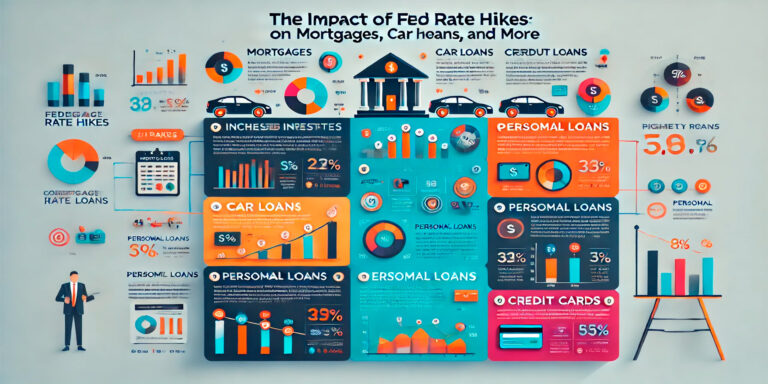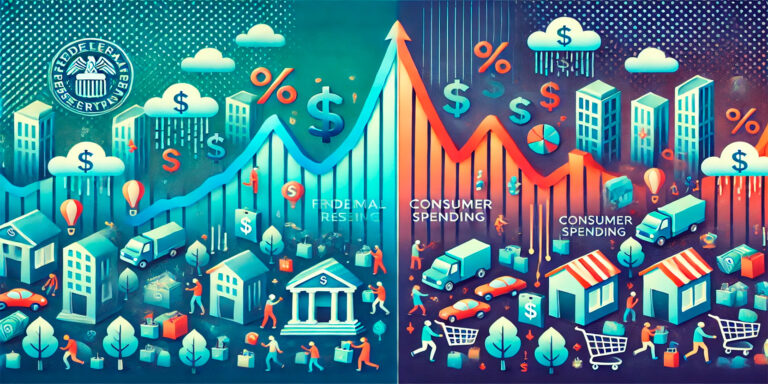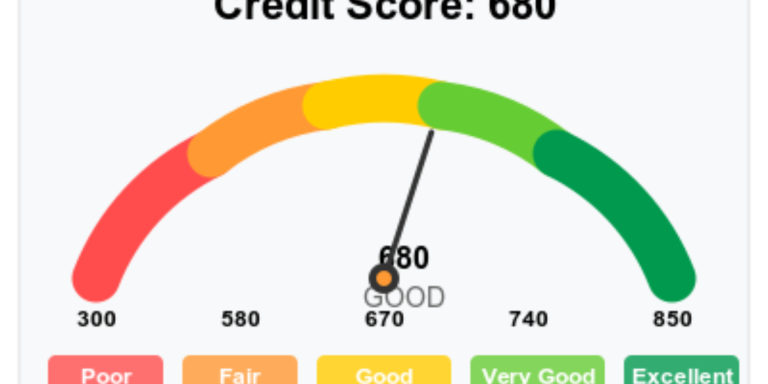Low Federal Reserve interest rates have significant implications for investment strategies, particularly in digital assets like cryptocurrencies. When the Fed lowers its rates, it makes borrowing cheaper, encouraging more investment across various sectors. For digital assets, this environment creates a ripe opportunity for growth. Investors seeking higher returns often look beyond traditional assets like stocks or bonds during these periods, increasing demand for riskier, high-reward assets such as Bitcoin, Ethereum, and other cryptocurrencies. In this article, we explore how loose monetary policy, driven by low Fed rates, influences investment in digital assets.
Why Low Fed Rates Encourage Crypto Investment
Low interest rates reduce the cost of borrowing, allowing investors to access capital at minimal costs. This surplus of cheap money often drives individuals and institutional investors toward assets that promise higher returns than traditional investments, like savings accounts or government bonds. Cryptocurrencies, known for their volatility and potential for significant price swings, become especially attractive in this environment. Investors are more willing to take risks with digital assets when safer investments offer limited returns. Additionally, lower rates fuel liquidity, allowing more funds to flow into crypto markets.
Search for Higher Yields
When interest rates drop, returns on safer investments like bonds and savings accounts plummet. Investors turn to alternative assets, including digital currencies, as they seek higher yields. Cryptocurrencies offer the potential for rapid appreciation, making them a desirable option in a low-rate environment. Bitcoin’s historical performance shows it has delivered exponential returns compared to traditional assets, attracting investors looking for outsized gains.
Increased Liquidity and Borrowing for Investment
Low Fed rates also boost liquidity by making borrowing cheaper. Investors can take out loans to fund crypto purchases or to leverage their positions in digital assets, amplifying potential profits. This increased liquidity enables more capital to flow into the digital asset market, supporting the overall growth of cryptocurrencies.
Impact of Low Rates on Institutional Investment in Digital Assets
Institutional investors, including hedge funds, private equity firms, and family offices, have increasingly turned to digital assets as part of their diversified portfolios. Low Fed rates accelerate this trend by making it more attractive for institutions to invest in riskier, higher-reward assets. With the cost of borrowing low, institutions can allocate a larger portion of their portfolios to digital assets, such as Bitcoin or Ethereum. Additionally, institutional interest in cryptocurrencies drives mainstream acceptance, further legitimizing the digital asset class.
Institutional Confidence in Crypto
The growing presence of institutional investors in digital assets signals increased confidence in the long-term value of cryptocurrencies. Institutions are drawn to the potential of blockchain technology and the possibility of digital currencies becoming a key component of the future financial system. Low rates allow institutions to enter the market with less risk, bolstering demand for digital assets.
Rise of Crypto Funds
As more institutions recognize the profitability of digital assets, crypto-focused funds are becoming more common. These funds allow institutions and high-net-worth individuals to invest in a diversified portfolio of cryptocurrencies, spreading out the risk while still capitalizing on the high-reward potential of the market. Low Fed rates make these funds more attractive, increasing their role in the digital asset ecosystem.
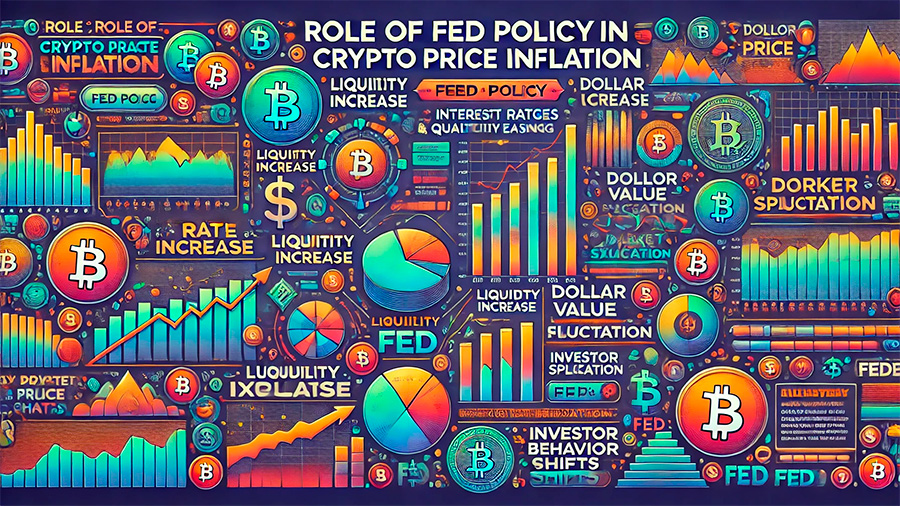
The Role of Fed Policy in Crypto Price Inflation
Fed policy plays a crucial role in influencing cryptocurrency prices. Low interest rates often lead to inflationary pressure on asset prices, as investors flock to high-return investments. Cryptocurrencies, particularly Bitcoin, are viewed by many as a hedge against inflation, much like gold. When the Fed keeps rates low, fears of fiat currency devaluation rise, driving more investors toward decentralized, inflation-resistant digital assets. This phenomenon can lead to price inflation in the crypto market, as more capital chases the limited supply of assets.
Bitcoin as Digital Gold
Many investors view Bitcoin as a digital version of gold—a store of value that can protect against inflation. When the Fed lowers rates, inflation concerns prompt investors to seek assets that hold their value over time. Bitcoin, with its fixed supply of 21 million coins, is seen as an effective hedge against monetary debasement. This perception drives demand for Bitcoin in low-rate environments, contributing to its price increases.
Effect on Altcoins
While Bitcoin often takes center stage, low Fed rates also impact the broader altcoin market. Altcoins—alternative cryptocurrencies to Bitcoin—often see price surges in a low-rate environment. As investors diversify within the crypto space, altcoins like Ethereum, Solana, and Cardano become attractive due to their unique use cases and lower entry points compared to Bitcoin. Increased capital flows into altcoins lead to price inflation across the entire digital asset landscape.
Impact on Crypto Companies and Startups
The digital asset ecosystem extends beyond just cryptocurrencies. It includes blockchain startups, decentralized finance (DeFi) platforms, and crypto exchanges. Low Fed rates encourage investment in these companies as well. Venture capital (VC) firms and private equity investors are more likely to fund blockchain startups when borrowing is cheap. As a result, low interest rates fuel innovation in the digital asset space, with new projects and platforms being developed at an accelerated pace.
DeFi Growth
The decentralized finance (DeFi) sector has seen rapid growth, partly driven by low Fed rates. DeFi platforms, which offer decentralized financial services like lending, borrowing, and trading, rely on blockchain technology. Investors, attracted by the high yields provided by DeFi protocols, allocate capital to these platforms. Low rates encourage this investment, as traditional financial products offer limited returns.
Funding for Crypto Exchanges
Crypto exchanges, which act as the primary marketplaces for buying and selling digital assets, benefit from low-rate environments as well. Increased capital allows exchanges to expand, improve infrastructure, and offer more services to attract users. More investment in exchanges means greater liquidity for the market, leading to smoother transactions and increased accessibility for retail and institutional investors alike.
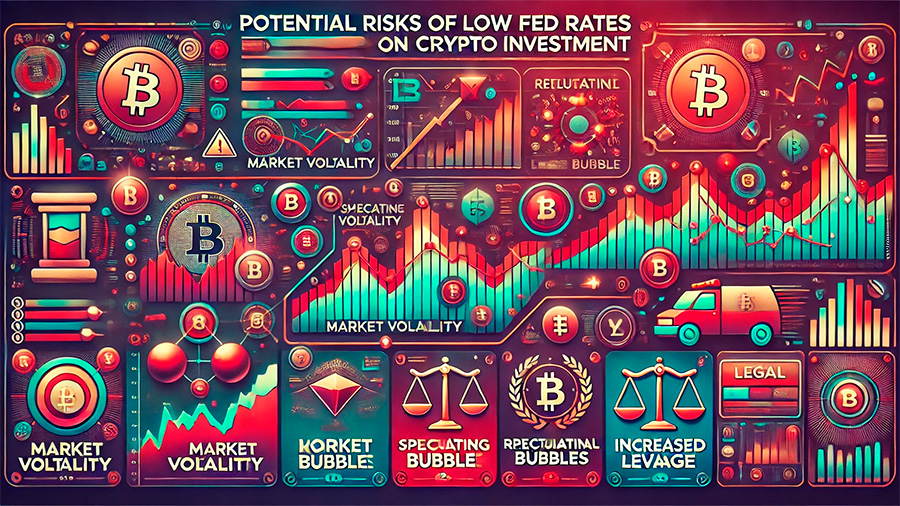
Potential Risks of Low Fed Rates on Crypto Investment
While low Fed rates boost investment in digital assets, they also introduce risks. Investors chasing high returns may over-leverage their positions, borrowing excessively to invest in cryptocurrencies. This increases the likelihood of market volatility and sudden sell-offs if interest rates rise or if the value of digital assets falls unexpectedly. Additionally, the speculative nature of cryptocurrencies means that investors could face significant losses if the market corrects or if regulatory changes occur.
Volatility in a Low-Rate Environment
The crypto market is notoriously volatile, and low interest rates can exacerbate this volatility. As more investors pour money into digital assets, the market becomes more sensitive to external shocks. If the Fed decides to raise rates quickly in response to inflation, for example, it could trigger a mass sell-off as investors try to lock in profits before borrowing costs rise. This type of event could lead to significant losses for over-leveraged investors.
Regulatory Risk
Another risk tied to low Fed rates and increased crypto investment is regulatory uncertainty. As digital assets become more mainstream, governments and regulatory bodies worldwide are paying closer attention. New regulations or restrictions on crypto trading and transactions could impact the value of digital assets, leading to losses for investors. Low Fed rates create an environment where more capital flows into crypto, but it also heightens the regulatory scrutiny surrounding the asset class.
Conclusion: Understanding the Link Between Fed Rates and Digital Assets
The Federal Reserve’s monetary policy, especially in terms of low interest rates, has a profound impact on the digital asset market. By lowering the cost of borrowing, the Fed creates conditions where both institutional and retail investors are more willing to allocate capital to high-risk, high-reward assets like cryptocurrencies. However, while low rates can boost the digital asset market, they also introduce risks such as volatility and regulatory challenges. Understanding the dynamics between Fed policy and digital assets can help investors navigate this rapidly evolving space.


